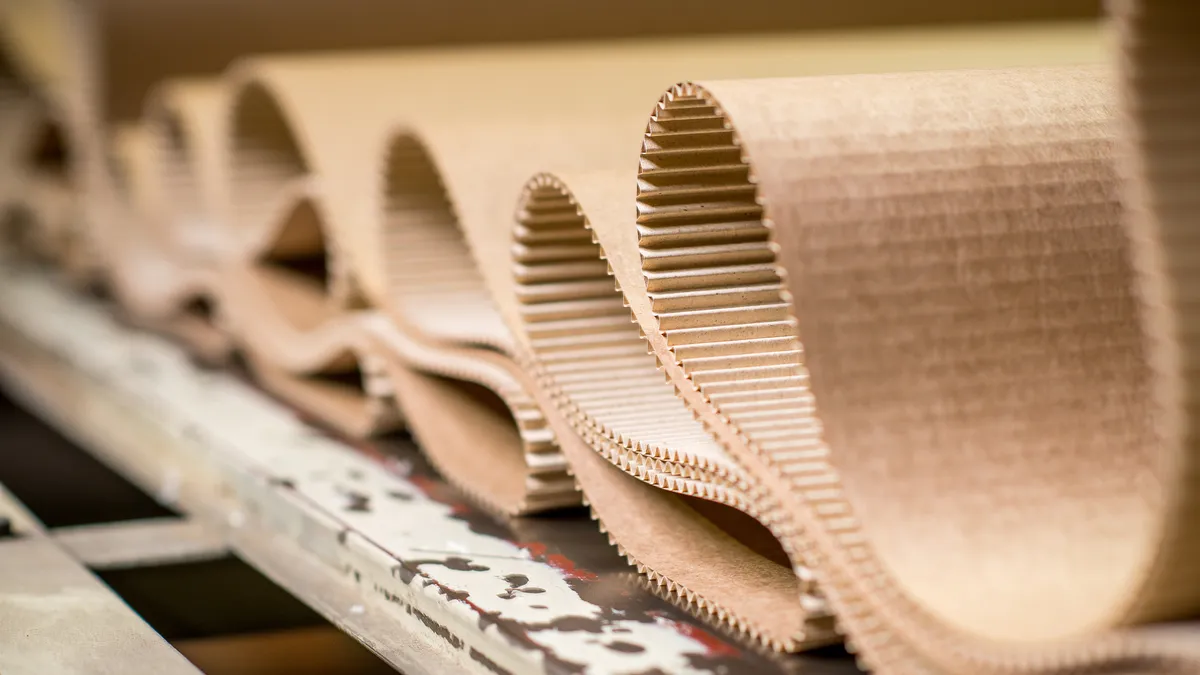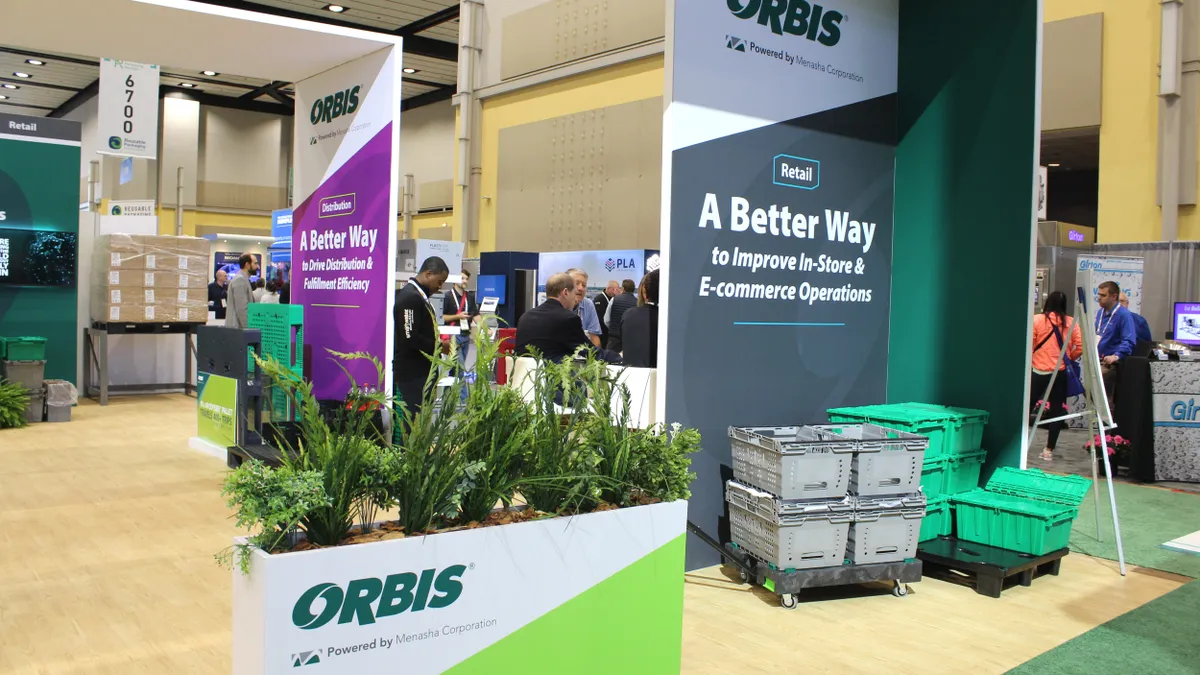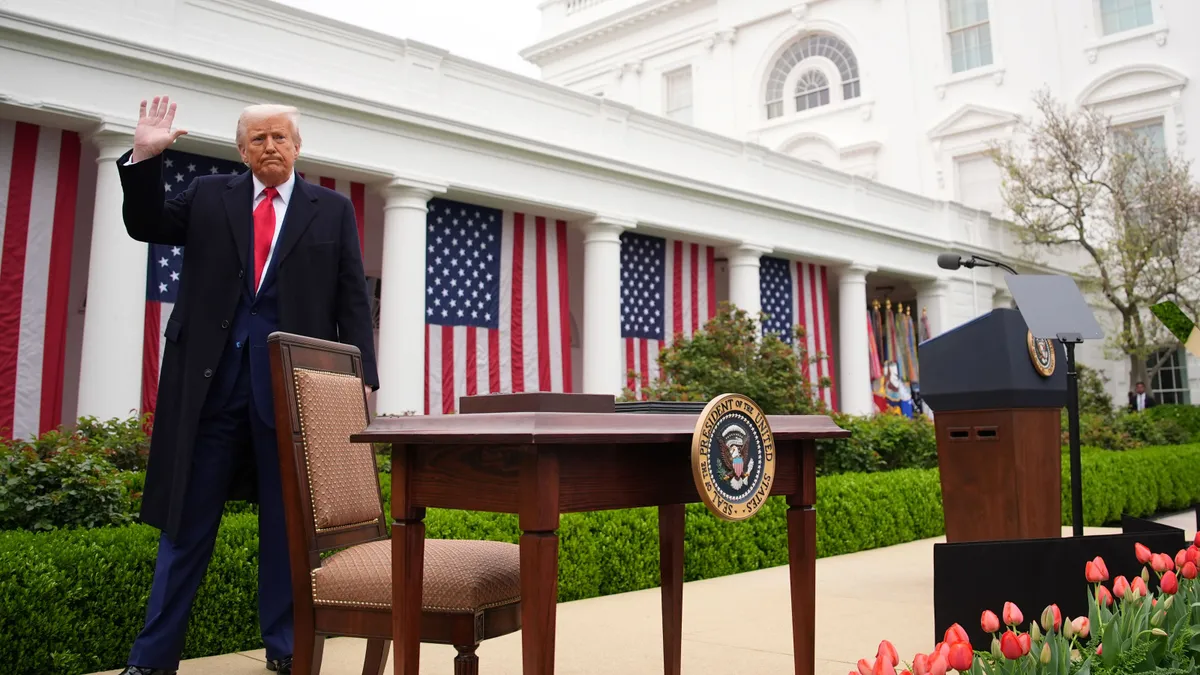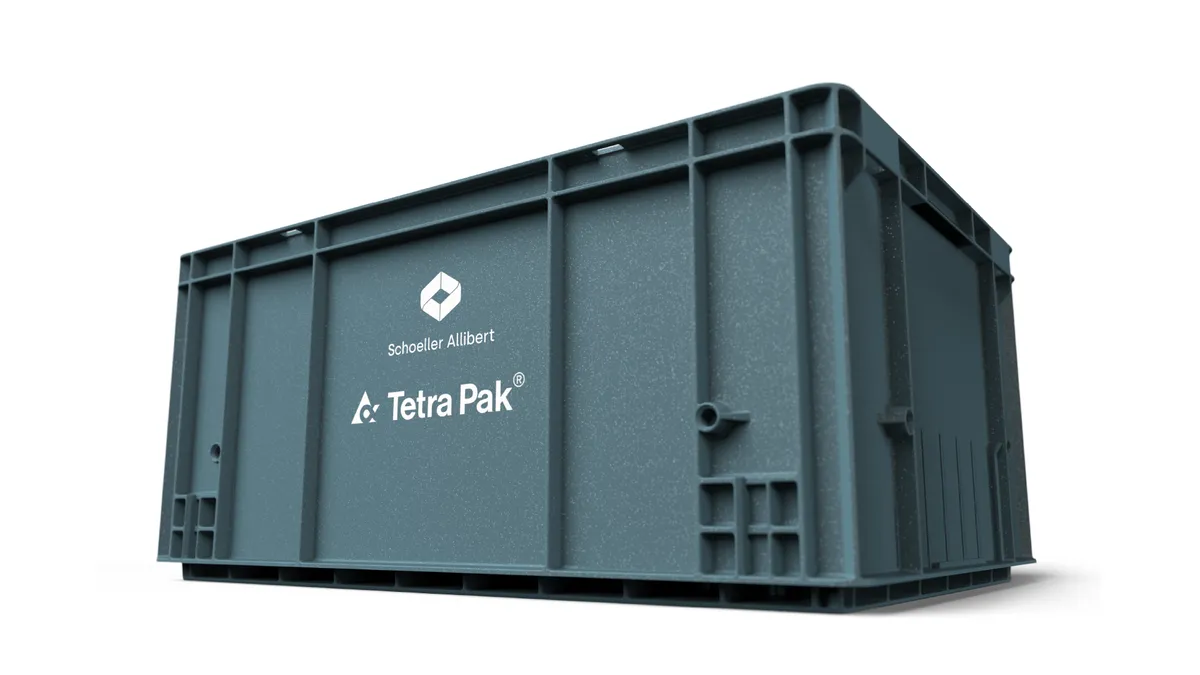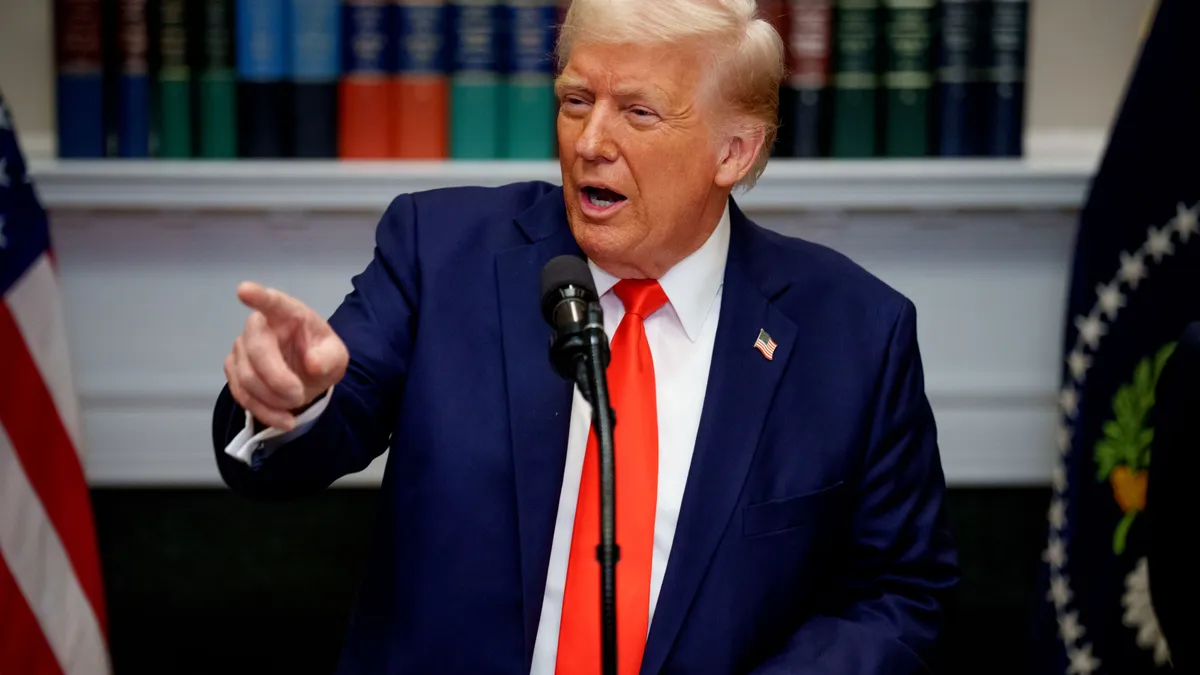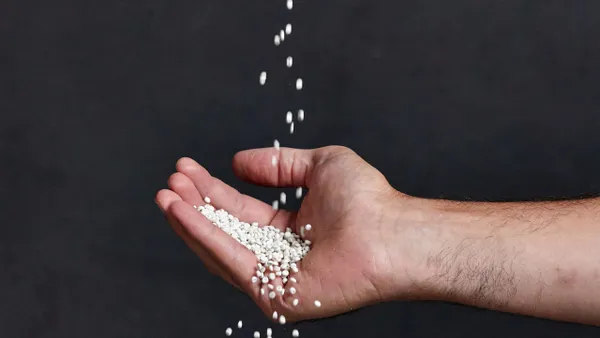Skepticism over whether most major fiber packaging companies’ new price hikes would stick appears to be waning, at least a little, as additional publicly released data and discussions inform the debate. Fiber packaging company executives have discussed the pricing situation during earnings calls in recent weeks, and Fastmarkets RISI released its latest monthly pricing on Friday in its weekly report, Pulp and Paper Week.
PPW’s data shows some upward price movement: about $40 per ton for recycled and kraft linerboard. That’s still only about half of the full $70 to $75 per ton — or greater — increase that packaging companies nearly simultaneously announced starting in early December. PPW’s Friday data also showed that corrugated medium increased by about $60 per ton, while solid bleached sulfate folding carton and cupstock declined approximately $40 per ton.
The price increase announcements began with linerboard and moved to other grades in the following weeks. Companies said the increases would take effect Jan. 1 or Feb. 1., but PPW’s Jan. 19 monthly pricing release showed that prices remained flat even though the first round of announced increases should have taken hold. That fueled debate over whether customers would accept higher prices when traditional supply and demand dynamics — a demand spike during the pandemic followed by a slump and destocking — would suggest this may be an inopportune time to raise prices.
George Staphos, Bank of America paper and packaging research analyst, predicted in a Feb. 16 commentary that PPW’s data release that evening would reflect the price hikes, contrary to January’s report. BofA’s own survey of corrugated converters from Jan. 9 through Feb. 14 showed that shipment growth ticked up since a September 2023 survey, and 76% of respondents believe containerboard prices are more likely to increase than decrease in the short term.
Michael Roxland, senior paper and packaging analyst at Truist Securities, noted in a Feb. 19 commentary that PPW’s Friday release shows the first domestic containerboard price increases since March 2022. The release showed that approximately 55% of RISI contacts reporting higher prices. However, Roxland pointed out that “overall box demand remains inconsistent with many contacts stating that this price increase is more indicative of inflated input costs rather than improving order files.”
Several packaging company executives have addressed the pricing debate during earnings calls in recent weeks. Generally, they tried to quell chatter that the new prices weren’t sticking. Several of them also raised questions about the Fastmarkets RISI index’s ability to command such attention considering what they described as its potentially dwindling relevance in the modern market.
Graphic Packaging International executives addressed pricing questions they received at the company’s investor day on Feb. 21.
“I can absolutely tell you that on cupstock [RISI Fastmarkets] got it wrong,” said GPI CEO Mike Doss. “We’re in that market every single day. It’s one of our strongest markets.”
As evidence, he noted growth in GPI’s food service business over the last three years, including in Q1 2024. “So that [pricing release] made no sense to us. It's 180 degrees out from what we're currently experiencing,” Doss said.
In some cases, Doss said, third-party indices hurt packaging companies and their customers.
“I’ve expressed a fair amount of frustration on this over time, in terms of how they do it,” he said. “It just strengthens our resolve to continue to move away from third-party indices that really lack any level of what we believe to be accuracy as well as transparency.”
GPI has been moving away from such indices for several years, and they will continue to be a smaller part of its business going forward, he said. That’s why analysts have had difficulty tracking some of the company’s pricing, Doss said, explaining that “we’ve been moving to a more value-added pricing model.”
On Sonoco’s Feb. 15 earnings call, Chief Operating Officer Rodger Fuller said the company’s price increases are “progressing well” and customers had accepted them.
During International Paper’s Feb. 1 earnings call, CEO Mark Sutton said the January PPW data is “not reflective of the pricing we have been invoicing” and that Fastmarkets RISI’s data only serves a small open market that continues to shrink, with market share in the single digits.
Packaging Corporation of America CEO Mark Kowlzan said on his company’s Jan. 24 earnings call that the company has experienced “no customer disputes on these price increases,” while also expressing discontent with Fastmarkets RISI’s pricing index.
Some observers suggest elements of both arguments can be true: The index might not fully reflect current market trends, yet the partial price increases in February imply not all customers are accepting the announced hikes. For instance, Bloomberg Intelligence’s index supports both scenarios in that it showed flat February pricing, as opposed to the bump reported in PPW, said Ryan Fox, corrugated packaging market analyst.
Sources reiterated a point that came up during earnings calls: Fiber companies’ purchasing contracts can be complicated and include terms that vary from customer to customer. “There’s all kinds of complicated formulas,” said Myles Cohen, founder of consulting firm Circular Ventures and former president of Pratt Recycling. While some customers might have less wiggle room to escape price increases, those with conducive contracts might seek alternative suppliers. “When you have options, you don't always just take what's handed to you,” Fox said.
In light of Friday’s PPW release, Cohen re-upped his earlier assertion that the markets would not universally accept the higher prices. However, he again pointed to three key customer segments where the new prices might stick, at least partially: smaller buyers who do not have the same pull as big name brands or retailers, those whose contracts include obligations to follow Fastmarkets RISI’s pricing index and box customers squeezed by virgin kraft material supply due to plant closures and idling.
But if downtime continues to the degree it has over the last year, the reduced supply would actually support a price increase, Cohen said. Yet, Roxland noted in his Feb. 19 commentary that some mills are ending their downtime and slowly restarting.
The Feb. 13 commentary from Roxland, which centered on Cascades’ decision to close three mills, also touched on the importance of fiber supply-demand dynamics in the pricing argument. He noted that containerboard producers traditionally have been able to raise prices when inventories are below 2.4 million to 2.5 million tons and operating rates exceed 95%, but Q4 2023 inventories stood at 2.6 million tons and operating rates were about 89%. Plus, he estimated that 2.3 million tons of new recycled containerboard capacity came online in 2023. Thus, Roxland said, the “offsetting mill closure” by Cascades in Trenton, Ontario, is considered positive for the containerboard industry’s supply and demand dynamics.
Sources generally anticipate that any price hikes would be fully evident by the end of the first quarter and may have already reached their peak.
“I don’t know that the market will bear much more than this,” Fox said.
Editor’s note: This article was updated to include comments from GPI executives at the company’s Feb. 21 investor day.



